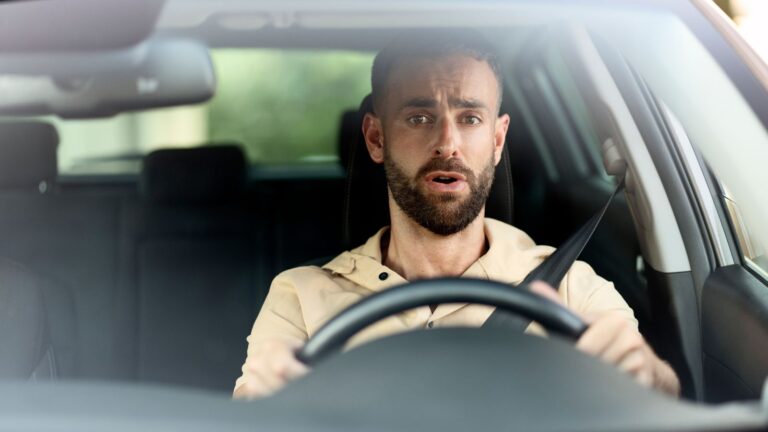If you grew up in the UK, driving is just another part of life, but for visitors, it can be quite a daunting experience. There are so many things different about driving in the UK, so it can feel like an absolute nightmare to some visitors, especially Americans who are used to huge roads. Here are 19 things that shock visitors about driving in the United Kingdom.
Driving on the Left

The most basic difference any foreign driver should learn before coming to the UK is that we drive on the left side of the road. It’s a significant adjustment, especially for those used to driving on the right, which Compare The Market points out is more likely than not. It can make roundabouts and intersections feel particularly challenging. Furthermore, having a right-hand drive car makes overtaking a nightmare.
The Prevalence of Roundabouts
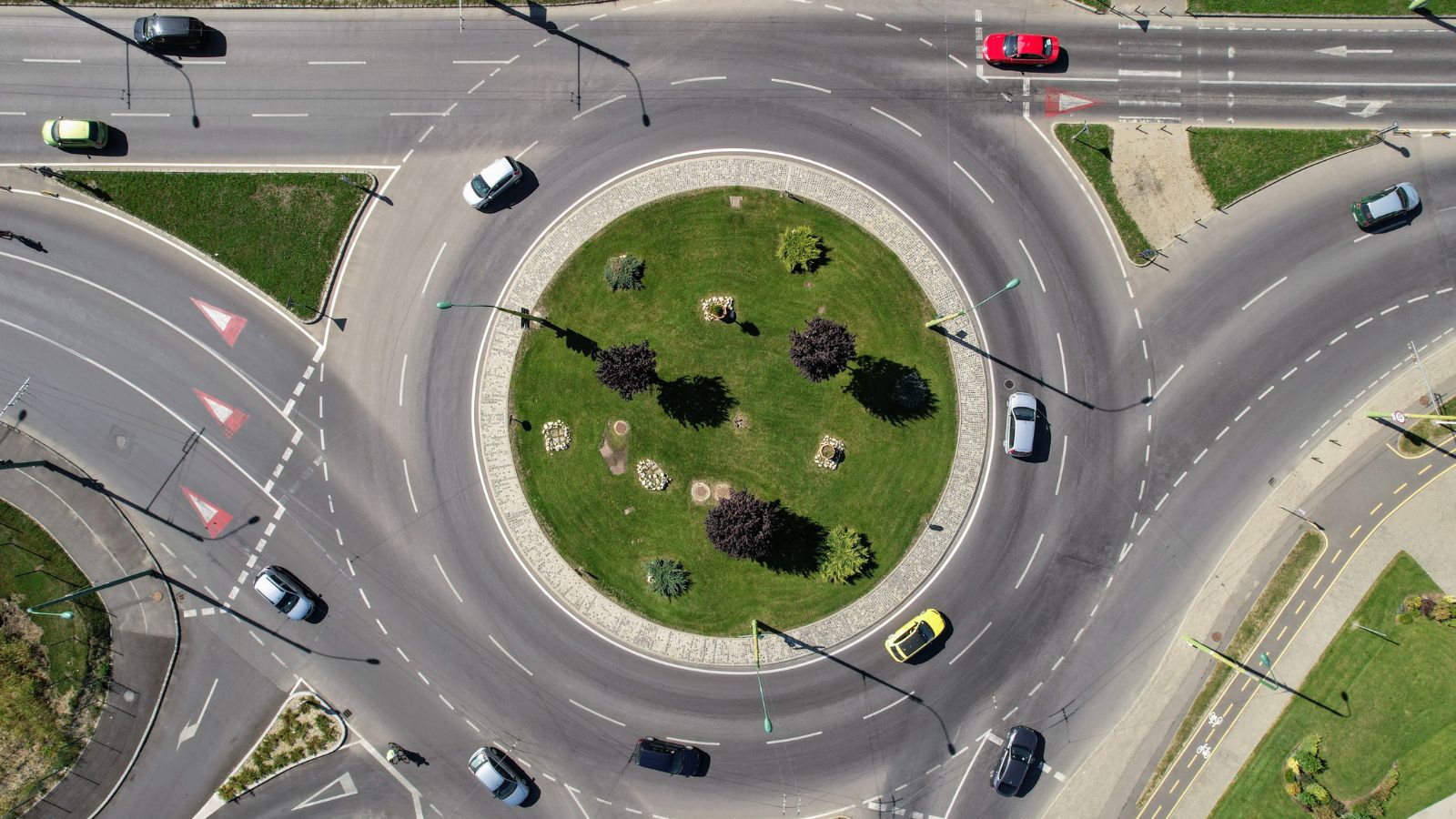
The UK has a love affair with roundabouts, which can be baffling for visitors. Navigating these circular intersections requires a unique set of driving skills, and understanding who has the right of way is crucial. Roundabouts are everywhere in the world, but in the UK, we have a staggering 25,976 for you to work through.
Narrow Roads

Perhaps the biggest complaint from American tourists about driving in the UK is how narrow our roads are, especially in rural areas. These winding lanes often require careful maneuvering, and drivers need to be ready to pull over to let oncoming traffic pass. The compact nature of these roads can be daunting for those used to wide highways, especially if they have a wide car to go with it.
Speed Limits in Miles Per Hour
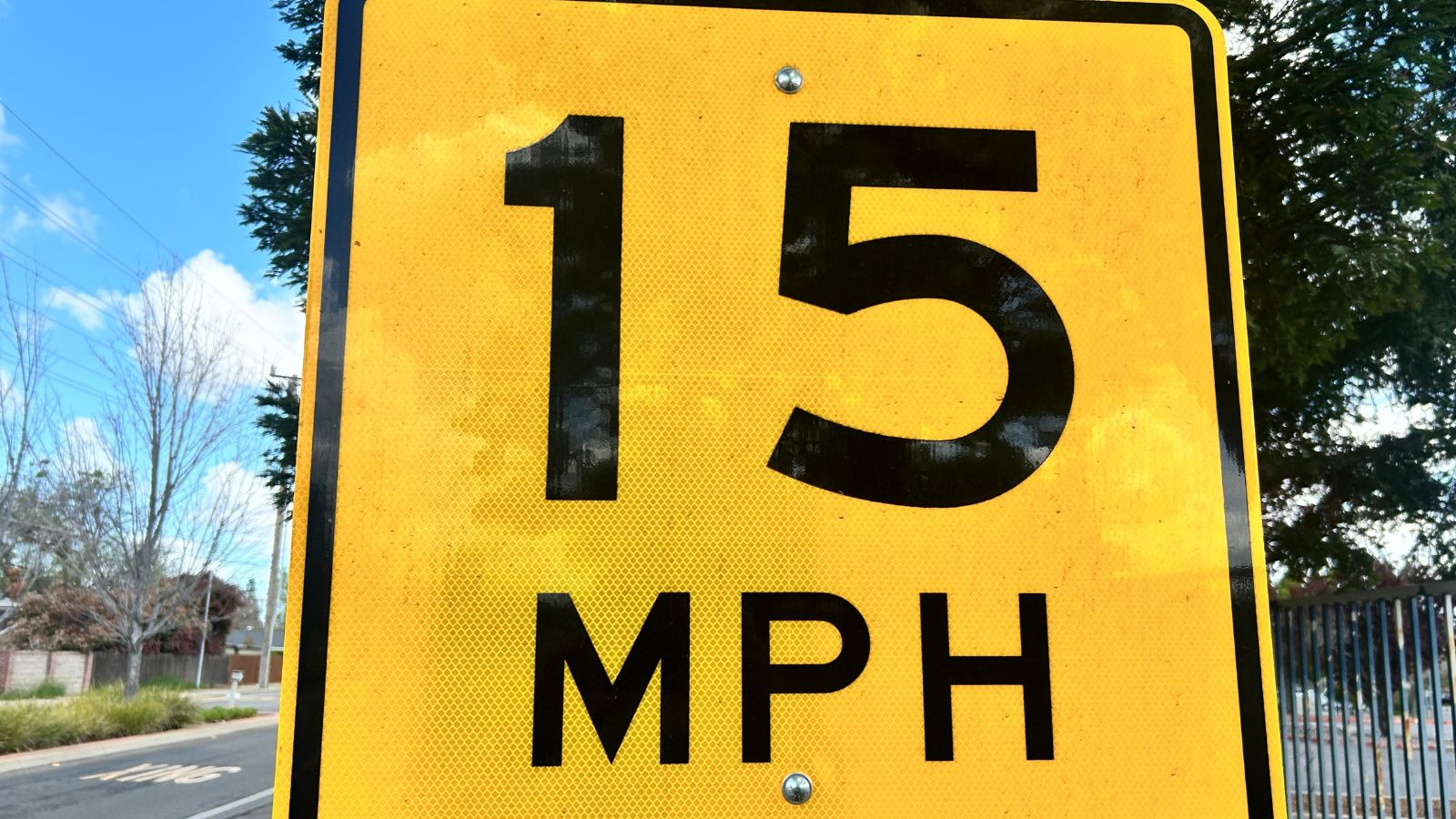
Speed limits in the UK are measured in miles per hour, not kilometers, so for visitors from European countries (and most others) that use the metric system, this can lead to confusion. Converting speeds on the fly requires some mental gymnastics, and ensuring adherence to speed limits becomes a bit more challenging.
The Use of Speed Cameras
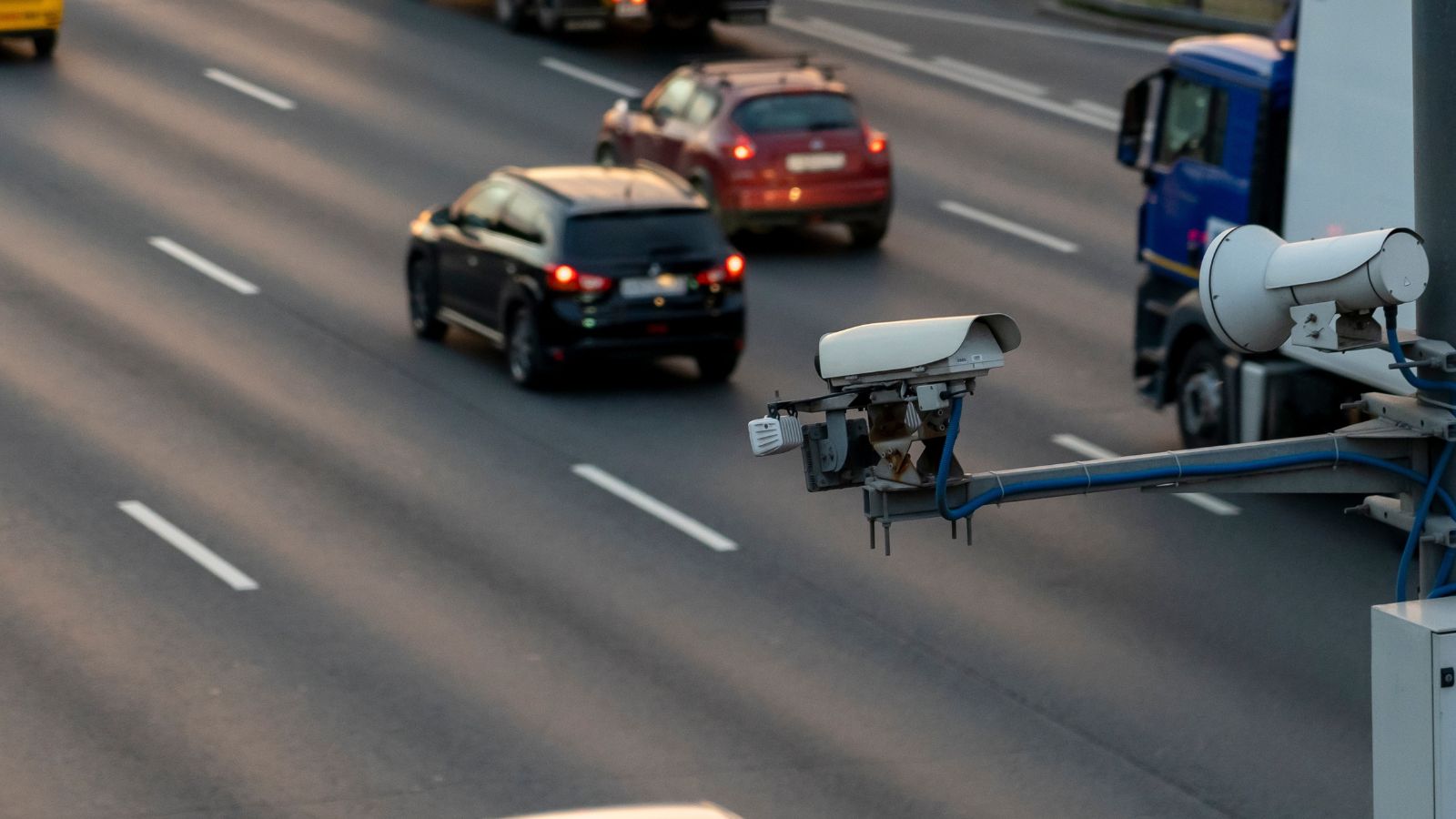
Speaking of speed limits, speed cameras are widely used in the UK to enforce traffic laws. These cameras are not hidden, and signs often indicate their presence. However, they can still catch drivers off guard, especially those who are used to more lenient speed enforcement practices in other countries.
The Lack of Stop Signs

In many parts of the world, stop signs are a common sight at intersections. In the UK, however, they are relatively rare. They do exist in some places, but for the most part, “give way” signs and road markings are more common, something that confuses foreigners who are expected to be told when to “STOP.”
Parking Restrictions
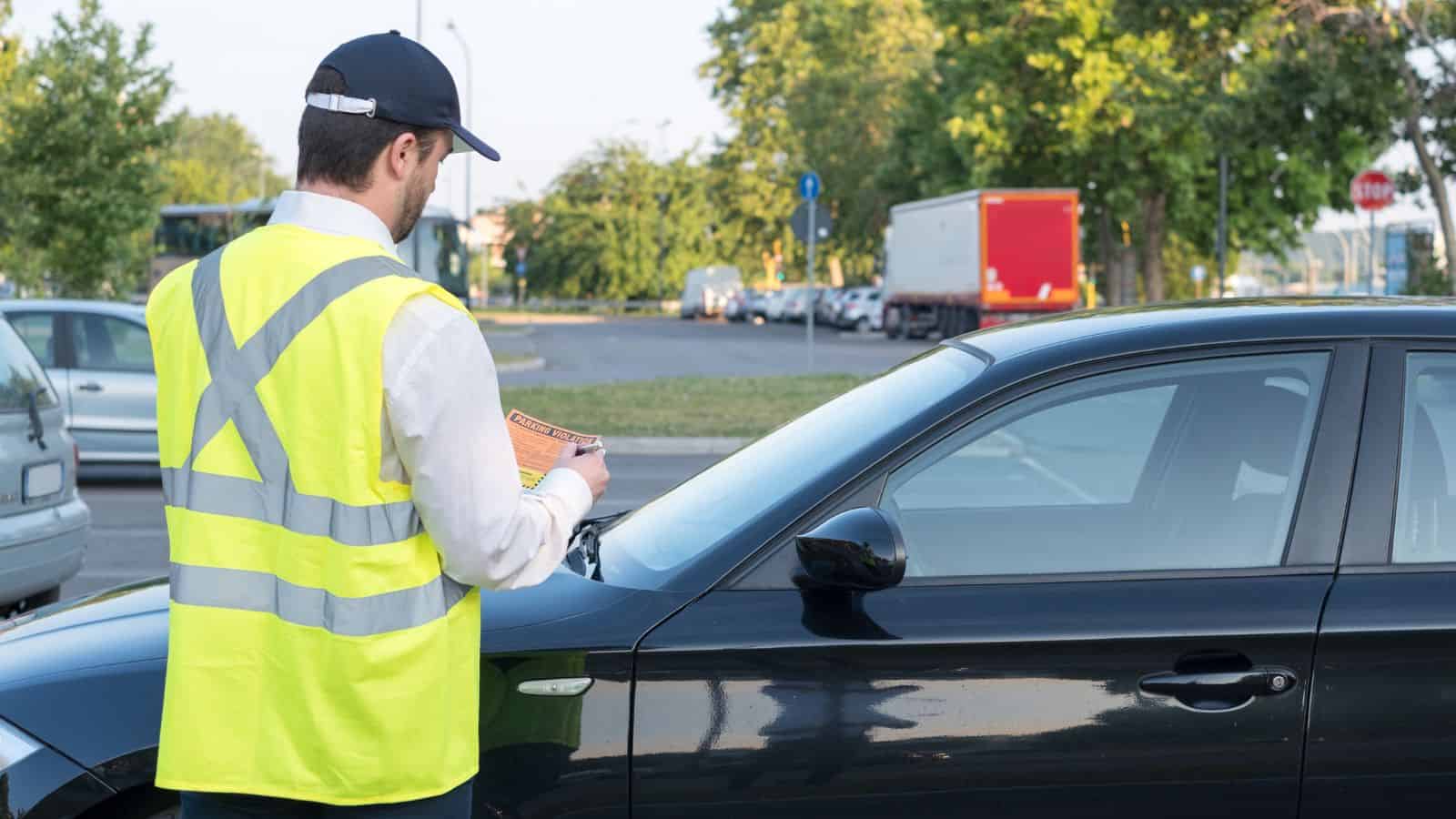
Another thing that shocks visitors about driving in the UK is how complex our parking restrictions are, with numerous regulations being in place that vary by location. Double yellow lines, permit-only areas, and pay-and-display zones all require careful attention. Some tourists don’t even realize that parking is universally free in most restricted areas on Sundays, late evenings, and nights.
Driving in the Rain
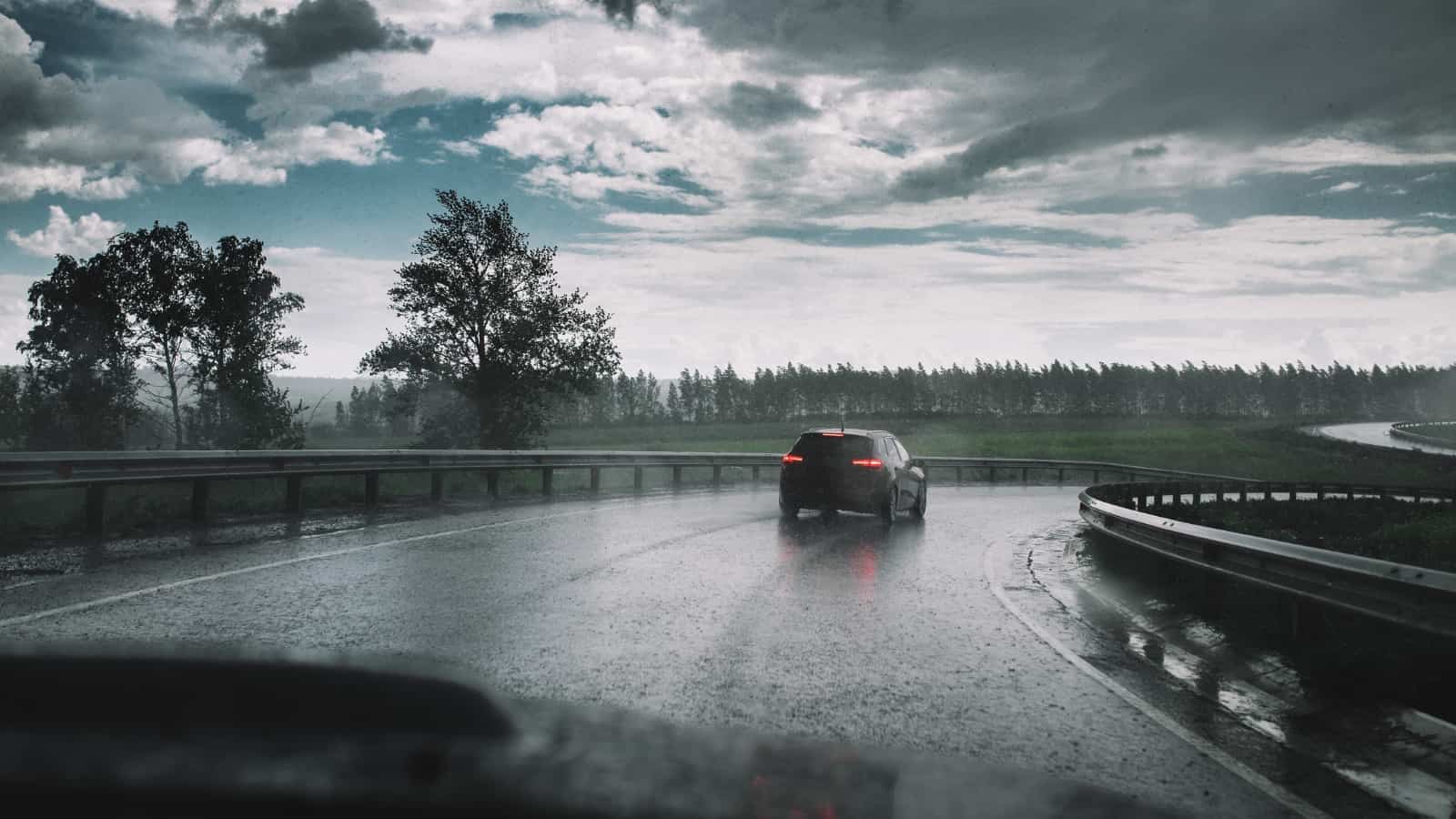
Unfortunately, the UK is world-famous for its rainy weather, and optimistic tourists almost always discover that this isn’t a stereotype. Driving in wet conditions is a daily reality, something that we take for granted as normal. Meanwhile, visitors might be surprised by how accustomed local drivers are to rain-slicked roads; in some countries, driving in the rain is an absolute no-no.
The Congestion Charge in London
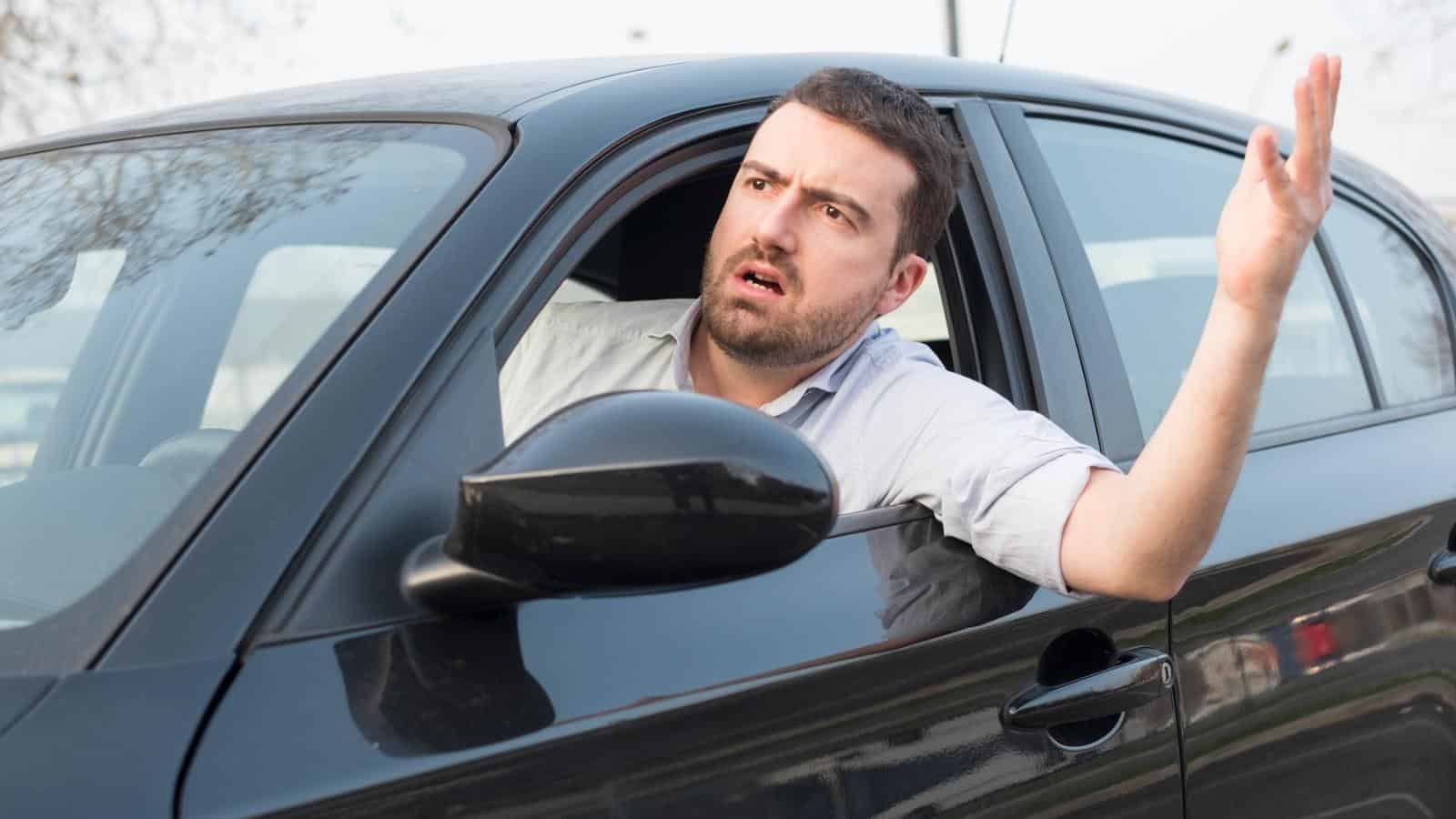
These days, driving in London comes with an extra cost in the form of the Congestion Charge. This fee is required for vehicles entering central London during peak hours. Visitors unfamiliar with this charge may find themselves surprised by the additional cost and the need to plan their journeys carefully. Frankly, it’s something that even Brits still struggle to keep up with, especially with the recent introduction of ULEZ.
The Importance of Road Markings
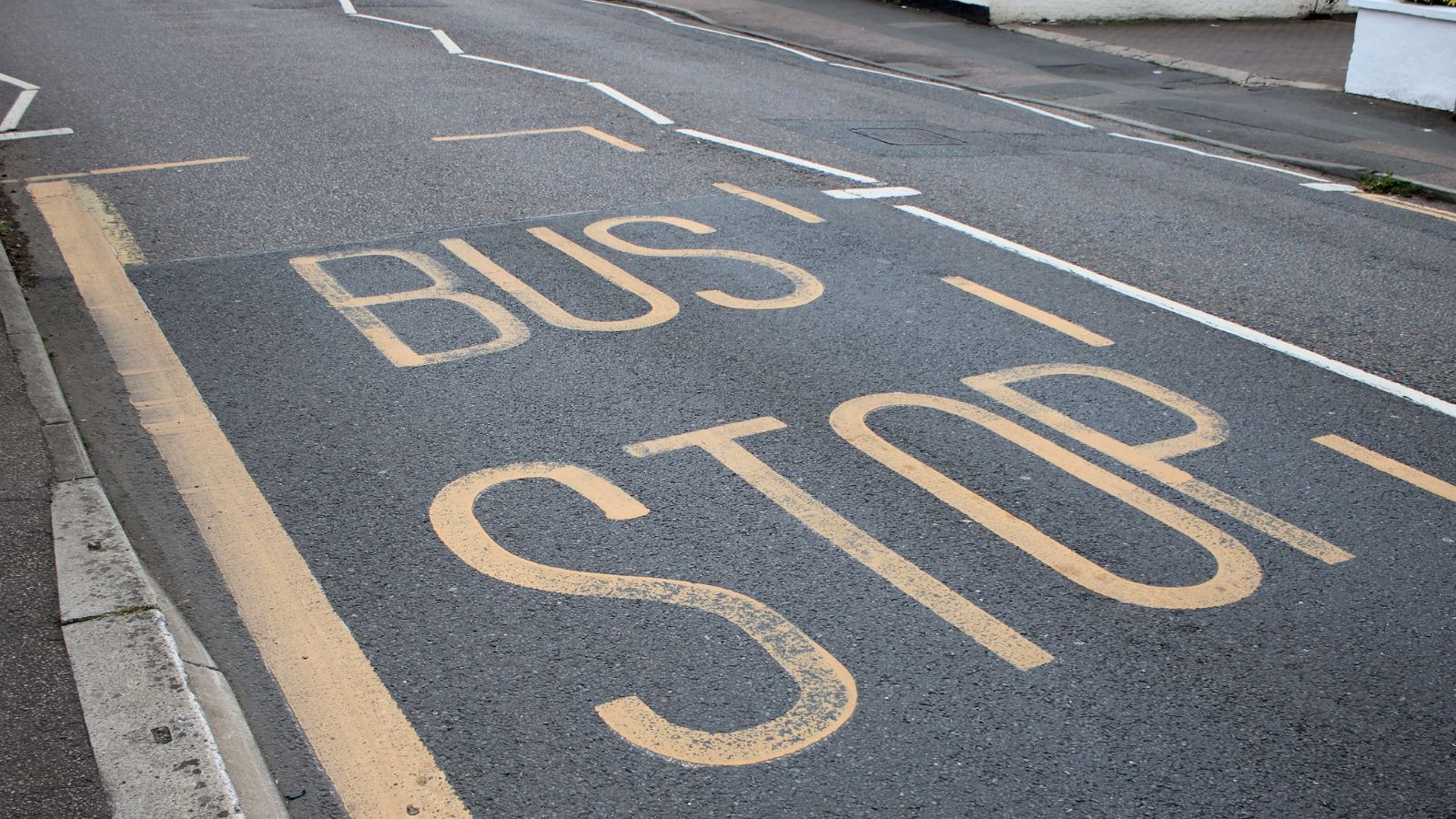
Here in the UK, road markings play a significant role in guiding traffic, more so than in some other countries. Lane divisions, directional arrows, and pedestrian crossings are all clearly marked, and adherence to these markings is strictly enforced. Visitors need to pay close attention to these details, or they could end up angering the locals or even causing an accident.
Pedestrian Priority at Crossings

In many countries, including the U.S., crossing the street is a precarious operation. However, in the UK, pedestrians often have priority at crossings, especially at zebra crossings. Even when they don’t, they’ll still probably jaywalk if no cars are in their way, something that can be particularly shocking for visitors from countries where jaywalking is illegal.
The Presence of Toll Roads
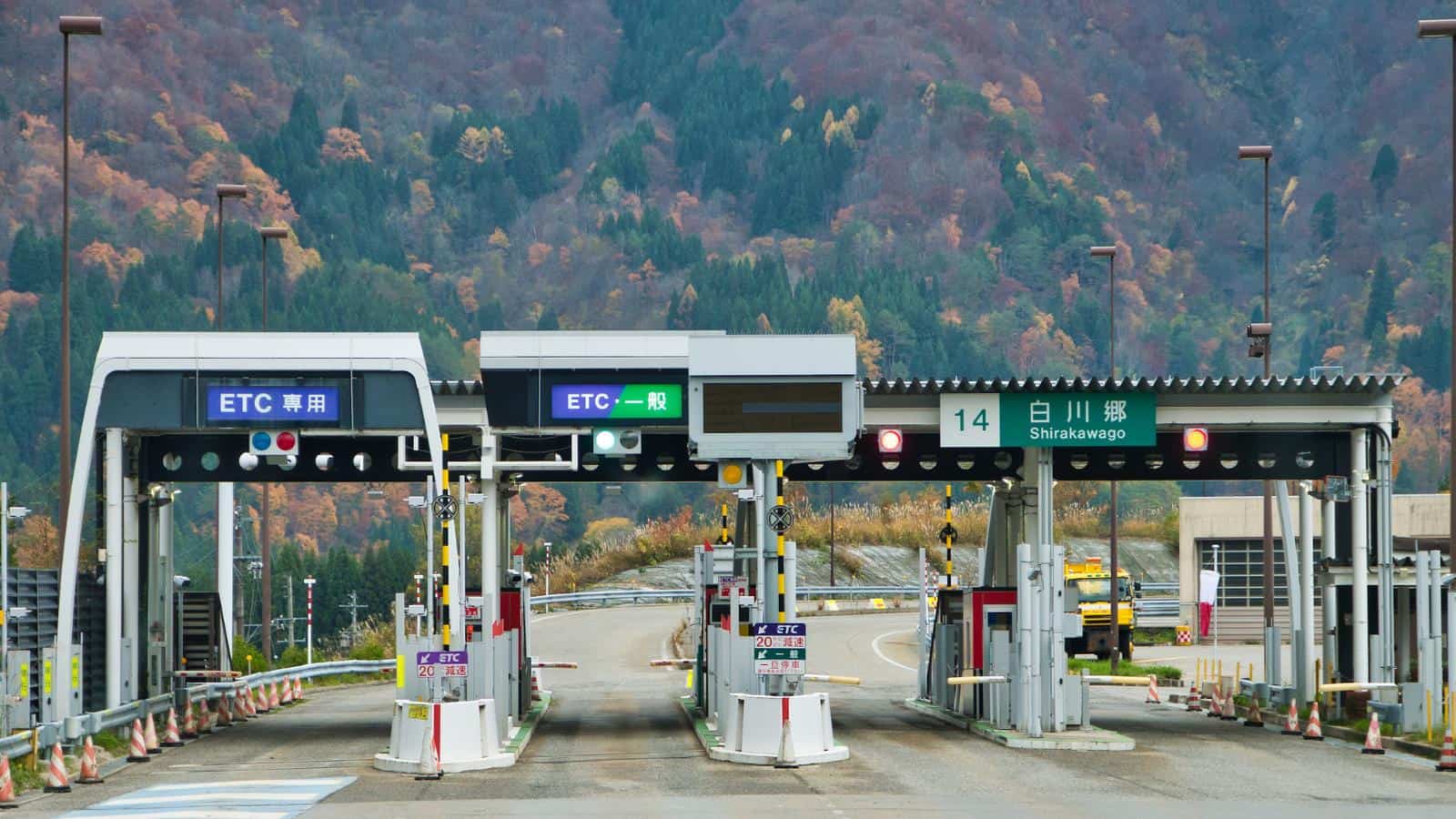
While not as common as in some countries, the UK does have a few toll roads and bridges. These tolls can catch visitors off guard, especially if they are unfamiliar with the local payment methods. Having the right currency or an electronic payment option is essential for a smooth journey, especially in rural areas that are often cash-only.
Complicated Road Signs
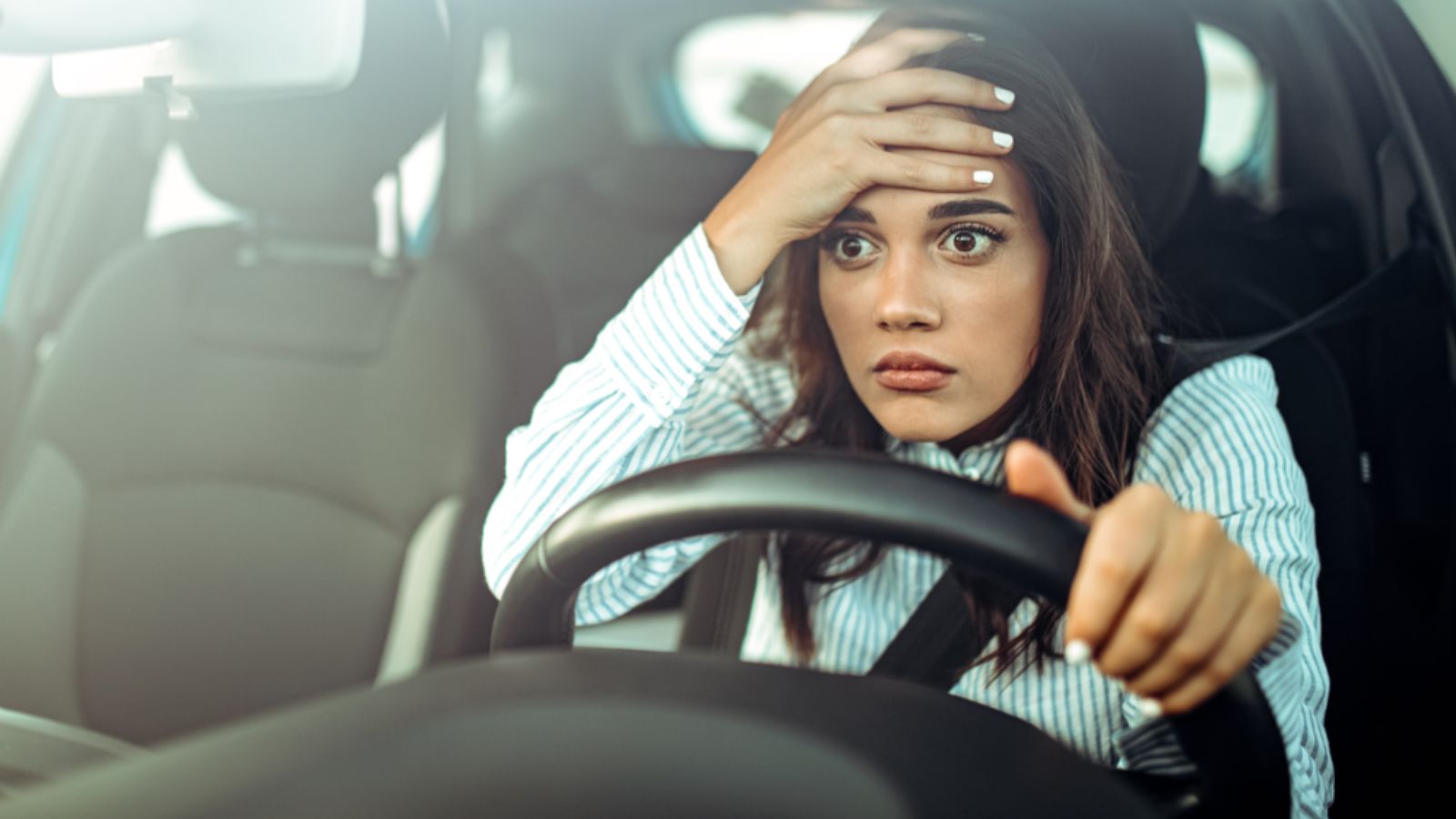
Any Brit who has already endured their driving theory assessments knows how UK road signs are somewhat overly detailed and informative. The signs frequently contain far too much information, including directions, speed limits, and restrictions, all at once. Deciphering these signs while driving can be overwhelming for Brits, let alone those unfamiliar with the system.
The High Cost of Petrol

Talk to any Brit about petrol prices, and they’ll no doubt start ranting. Fuel prices in the UK are among the highest in Europe, with the cost of filling up the tank adding up very quickly, especially for those used to lower prices at home. Most people don’t realize how bad it has become; petrol here is far more expensive than in the U.S., Norway, and other more wealthy countries.
Roundabouts with Multiple Lanes
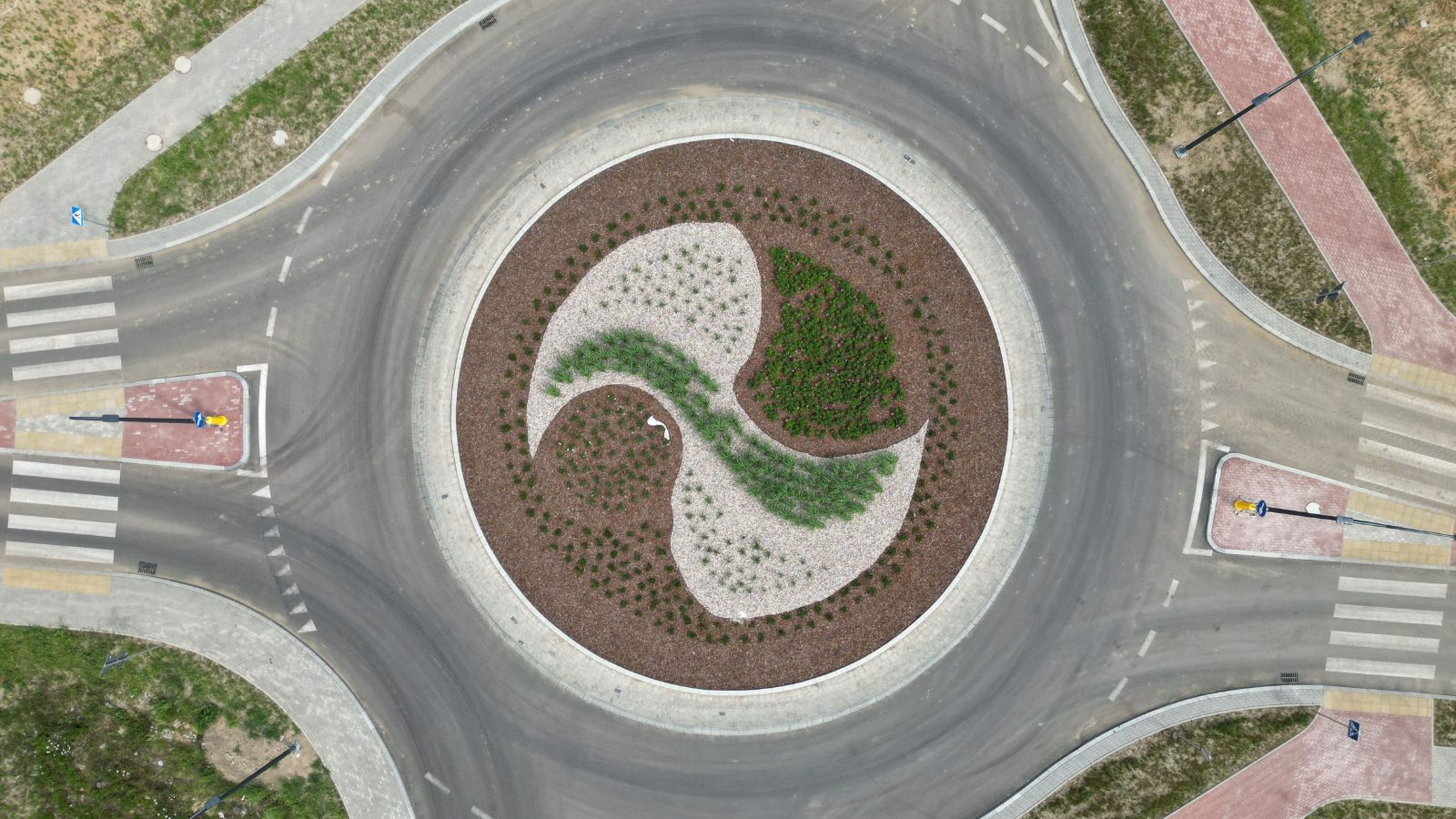
We briefly mentioned roundabouts earlier and how they can be confusing for visitors. If we had one suggestion, it would be to understand which lane to be in, especially when multiple exits are involved. This is crucial to navigating these intersections safely, as they often have multiple lanes and their own idiosyncrasies. To be honest, the best way to learn is simply to approach them with caution.
The Absence of Billboards

Unlike in some countries, the UK has strict regulations on roadside advertising, meaning visitors might be surprised by the lack of billboards along highways and major roads. This creates a less cluttered visual environment but can also make finding directions or services more challenging without the usual signage.
Queuing Etiquette
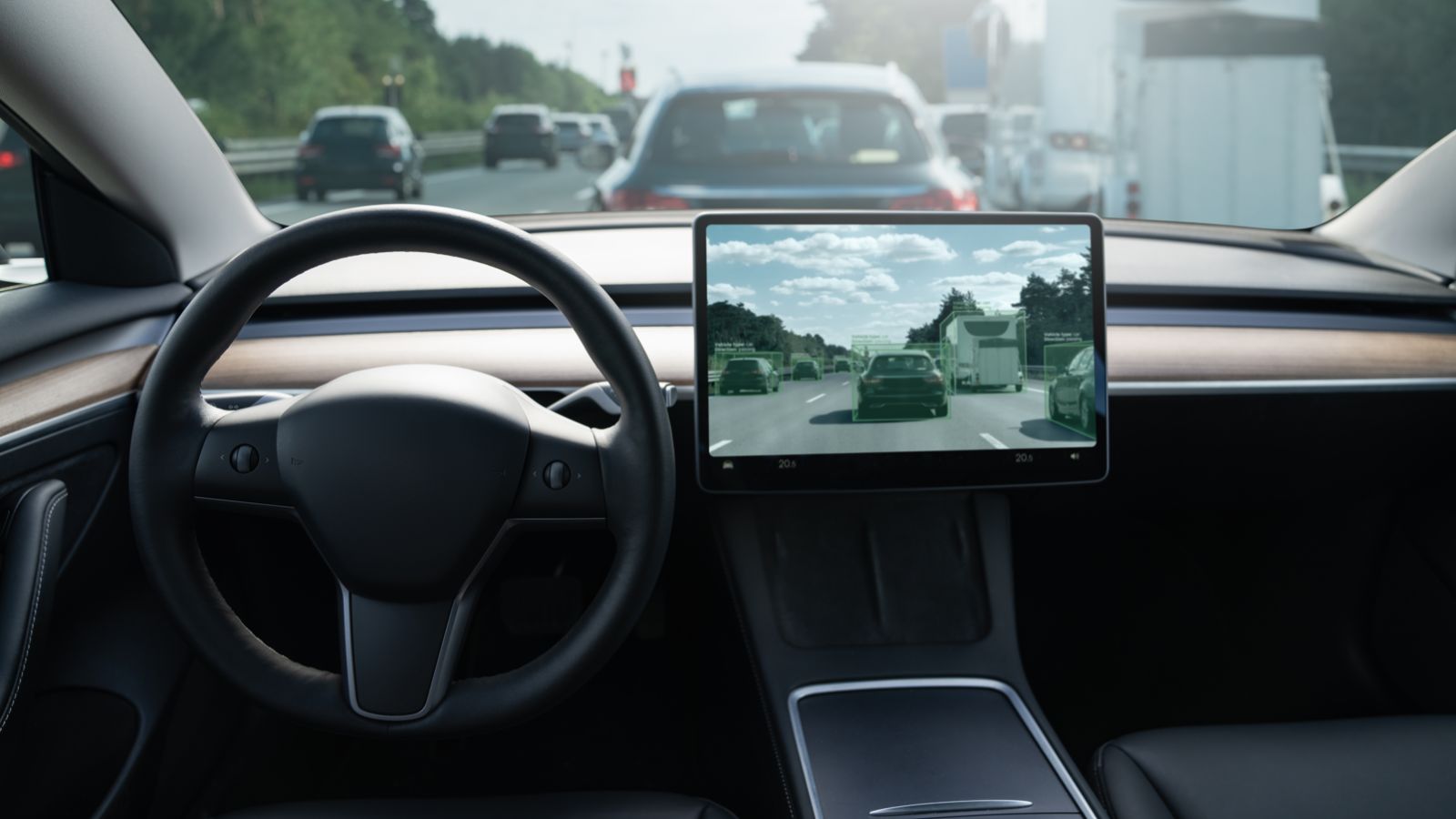
As most people are aware, queuing, or lining up, is taken very seriously in the UK, even on the road. Visitors may be surprised by how orderly drivers are, particularly when merging or at busy intersections. Cutting in line or aggressive driving is frowned upon, and following the queue is an unspoken rule of the road.
Unpredictable Weather Conditions
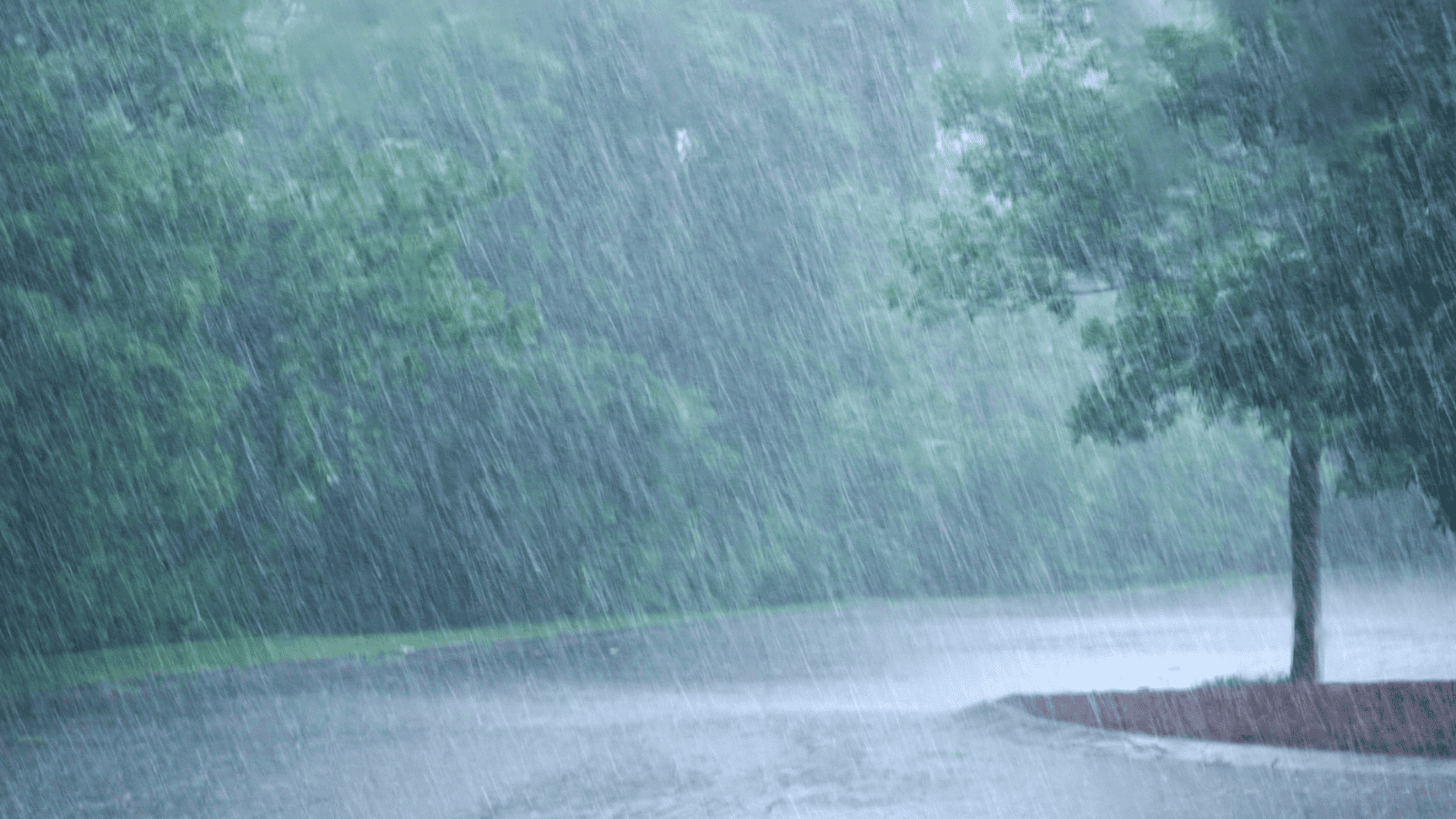
We briefly mentioned the UK rain earlier, but our weather is notoriously unpredictable in general, which affects driving conditions regularly. Visitors may find themselves driving through sunshine, rain, fog, and even snow all in one journey. This unpredictability requires drivers to be constantly vigilant and prepared for sudden changes, making the driving experience in the UK quite unique.
Loud Exhausts

By far, the worst thing about driving here in the UK is the loud exhausts that many young boy racers insist on installing into their cars. You’ll be walking down the street one morning, minding your own business, when suddenly, you hear what sounds like a gunshot. It was just someone’s exhaust, and for whatever reason, it made them feel cool inside, but naturally, most people (including Brits) just find it annoying.

